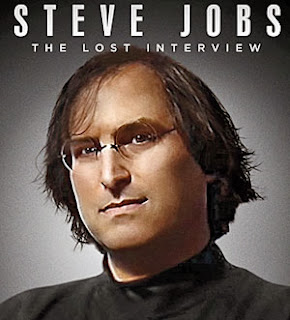Is your automated voice answering attendant harming the patient experience?
How often do you call in from an outside landline or cell phone, to your organization to experience what a patient, a family member or a healthcare consumer does when calling? This isn't such a strange question. We all go through the evaluation process, seek the system we believe will reduce our cost, improve response and service and enhance the experience.
It's seemingly the rare organization that considers the experience and needs of its audience in selecting the system. It’s more based on what the needs of the organization and solutions to cost and headcount issues, than what will make the healthcare consumer experience exceptional.
But you know, sometimes we make the system so complicated, that we forget why someone calls us.
For this I have coined Mike's Law: "The smaller the organization, easier to use is the automated answering solution. The larger the organization, the more complex and harder the automated answering solution is to navigate." Use is very different than navigate. One implies simplicity, the other complexity.
Let me give you an example. In calling a local hospital when a family member was hospitalized, it was really very straight forward. Dial in, hear the message, dial the extension or room number if you know it, or wait for an attendant to come on the line and assist.
I have found that most of the time you can short circuit the whole thing and just dial 0.Get to the live person and to where you need to be.
Then there is the most complicated system, integrating your existing customer data into the call, because you are a current customer. Then it plays what seems the game of 20 questions, tries to push you entirely to an automated solution to solve your problem that could be resolved in less than 60 seconds if you could get to a live person.
Oh yea, and when you keep trying to get to a live person, that systems automated response keeps attempting to push you to an automated solution. Even when, I indicated every way that I could, three times (yes three separate calls), that I wanted to talk to a service representative before hanging up. The best part of the encounters was the "voice" telling me, "I can't help you, goodbye".
It was like being in a Monty Python episode.
From a marketing standpoint, your automated answering attendant is an integral touch-point in the healthcare consumer/patient experience chain. It may even be the first experience that someone has with your organization. But, how many times has marketing been included in selecting the automated answering attendant, beyond, writing the copy for the greeting, options menu and submenus?
Marketing should be involved in nearly every decision you make that effects your healthcare consumers and patients from an experience standpoint.
It's seemingly the rare organization that considers the experience and needs of its audience in selecting the system. It’s more based on what the needs of the organization and solutions to cost and headcount issues, than what will make the healthcare consumer experience exceptional.
The moral of the story. Consider the healthcare consumer/patient experience and the impact both positive and negative, that your automated answering system will have on a caller. You have a clear choice. You can make a customer evangelist with a great experience, or create a customer with a negative experience and view of your company, no matter what good you have done, simply because, you couldn't answer the phone.
After all, that old land-line technology which even cell phone users will access is get to you usually is the start of a positive or negative consumer/patient experience.
Which one do you want?
Michael J. Krivich, MHA, FACHE, PCM, is an internationally followed healthcare marketing blogger with over 5,000 monthly pages views read in over 52 countries worldwide on Healthcare Marketing Matters. These views are my own. He is founder of the michael J group, a Fellow, American College of Healthcare Executives and a Professional Certified Marketer, American Marketing Association. Like us on facebook at the michael J group, and connect with me on LinkedIn, Twitter, and Pheed


Comments
Post a Comment